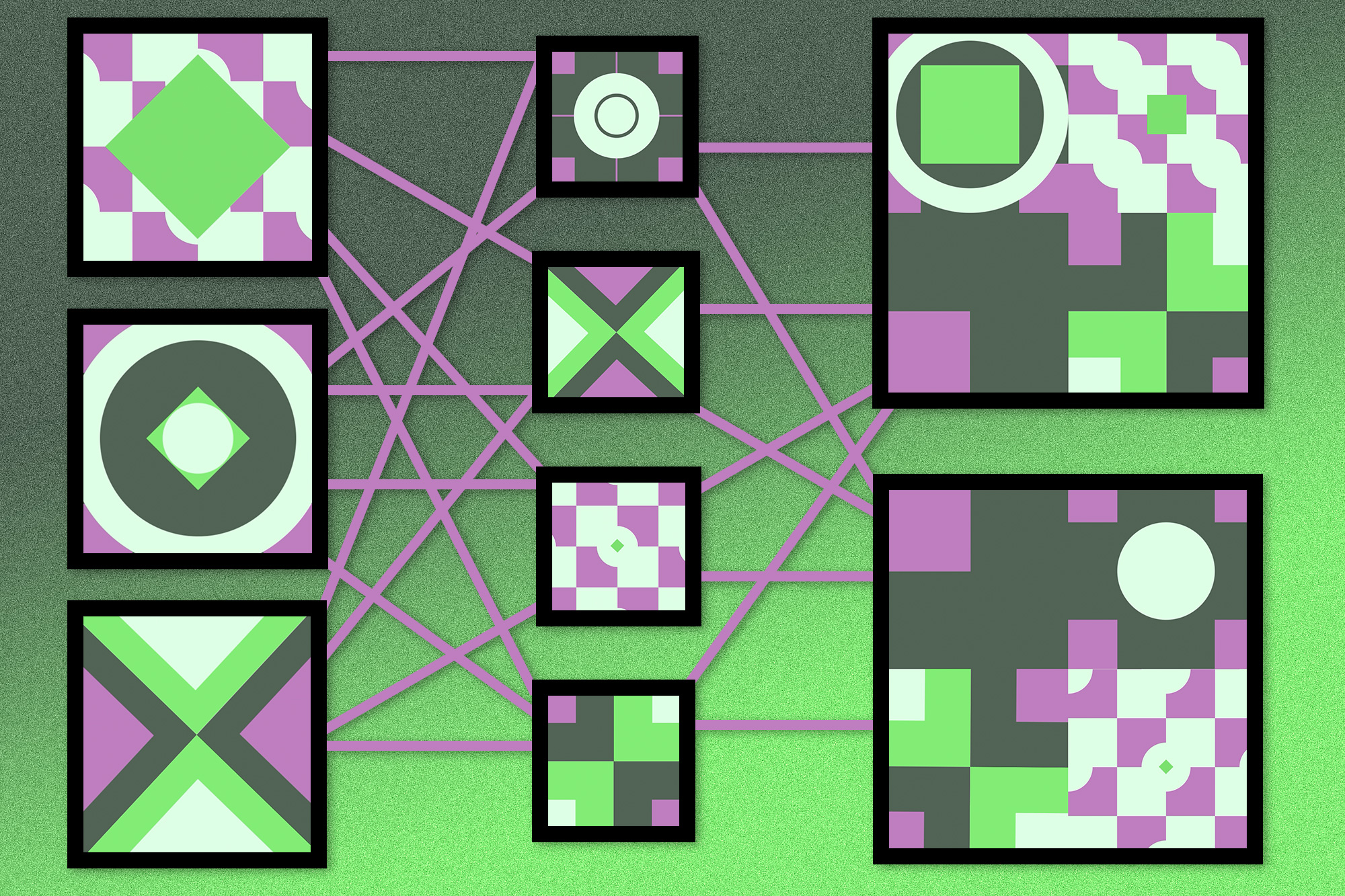
Recreations are frequently utilized by scientists while planning new calculations, since testing thoughts in reality can be costly and hazardous. However, since it is difficult to catch everything about a perplexing framework in a reenactment, they generally gather a limited quantity of genuine information that they play back while reproducing the parts they need to study.
Known as follow based recreation (little sections of genuine information are called follow), this strategy in some cases prompts one-sided results. This implies that scientists may incidentally pick a calculation that isn't the most ideal they have assessed, and that will perform more awful on genuine information than the reproduction would have anticipated.
MIT scientists have fostered another strategy that kills the wellspring of predisposition in following based recreations. By empowering fair-minded recreations that depend on following, the new innovation can assist scientists with planning better calculations for various applications, including working on the nature of online video and expanding the exhibition of information handling frameworks.
The scientists' AI calculation draws on standards of causation to perceive how information following is impacted by framework conduct. Along these lines, they can play back the right, unprejudiced adaptation of the follow during the reenactment.
When contrasted with a formerly evolved following based test system, the specialists' reenactment strategy accurately anticipated which recently planned calculation would be best for web based video — meaning one that brought about less re-buffering and higher visual quality. Existing test systems that don't represent inclination might have directed the scientists toward a more regrettable performing calculation.
"Information isn't the main thing that is important. The story behind how the information was made and gathered is likewise significant. To respond to a ridiculous inquiry, you want to know the basic information age story so you just engage in those things you truly need to reenact," says Arash Nasr Esfahani , an alumni understudy in Electrical Designing and Software engineering (EECS) and co-creator of a paper on this new innovation.
He is joined on the paper by co-authors and fellow EECS graduate students Abdullah Alomar and Pouya Hamadanian; recent graduate student Anish Agarwal Ph.D. in ’21; and senior authors Mohammad Alizadeh, Associate Professor of Electrical Engineering and Computer Science. and Devrat Shah, the Andrew and Erna Viterbi Professor at EECS and a member of the Institute for Data, Systems, and Society and the Information Systems and Decision Lab. The research was recently presented at the USENIX Symposium on Design and Implementation of Gridded Systems.
Deceptive simulation
MIT researchers studied tracking-based simulations in the context of streaming video applications.
In streaming video, an adaptive bitrate algorithm continuously determines the video quality, or bit rate, to transmit to a device based on real-time data on the user’s bandwidth. To test how different adaptive bitrate algorithms affect network performance, researchers can collect real data from users during a video stream for a tracking-based simulation.
They use these traces to simulate what would have happened to network performance had the platform used a different adaptive bit rate algorithm under the same underlying conditions.
Researchers have traditionally assumed that tracking data is external, meaning that it is not affected by factors that are changed during the simulation. They might assume that over the period in which they collected network performance data, the choices made by the bitrate adaptation algorithm did not affect that data.
Alizadeh explains that this is often a false assumption that results in biases about the behavior of new algorithms, rendering the simulation invalid.
“We have recognized, and others have acknowledged, that this method of simulation can lead to errors. But I don’t think people necessarily know how significant these errors are,” he says.
To develop a solution, Alizadeh and his collaborators formulated the case as a causal inference problem. To collect unbiased tracking, one must understand the different causes that influence the observed data. Some causes are inherent in the system, while others are affected by the actions that are taken.
In the video streaming example, network performance is It is affected by the choices made by the bit rate adaptation algorithm – but also by intrinsic elements, such as network capacity.
“Our task is to separate these two effects, to try to understand which aspects of the behavior we see as intrinsic in the system and how much we notice depends on the actions that were taken. If we can separate these two effects, we can run unbiased simulations,” he says.
Learning from the data
But researchers often can’t directly observe intrinsic properties. This is where the new tool, called CausalSim, comes in. The algorithm can learn the basic properties of the system using only trace data.
CausalSim takes tracking data collected through a randomized control experiment, and estimates the core functions that produced this data. The model tells the researchers, under exactly the same basic conditions as the user tested, how a new algorithm might change the outcome.
With a typical tracking-based simulator, bias may lead the researcher to choose an algorithm with worse performance, even though the simulation indicates that it should do better. CausalSim helps researchers choose the best tested algorithm.
MIT researchers have observed this in practice. When they used CausalSim to design an improved algorithm for bitrate adaptation, this led them to choose a new variant that had a break rate about 1.4 times lower than a well-accepted competing algorithm, while still achieving the same video quality. Downtime is the amount of time a user spends refusing to block a video.
By contrast, an expert-designed simulator predicted the opposite. He noted that this new alternative should cause a stoppage rate that was about 1.3 times higher. The researchers tested the algorithm on real-world video streams and confirmed that CausalSim was correct.
“The gains we were making in the new variant were very close to CausalSim’s predictions, while the expert simulator was way off. This is really exciting because this expert-designed simulator has been used in research for the past decade. If it’s clear that CausalSim can It could be better than this, so who knows what we can do with it?” Hamedanian says.
During a 10-month trial, CausalSim continually improved the simulation’s accuracy, resulting in algorithms that made about half as many errors as they were modeled using basic methods.
In the future, the researchers want to apply CausalSim to situations where no data from a randomized control trial are available or where it is particularly difficult to recover the causal dynamics of the system. They also want to explore how systems can be designed and monitored to make them more amenable to causal analysis.
